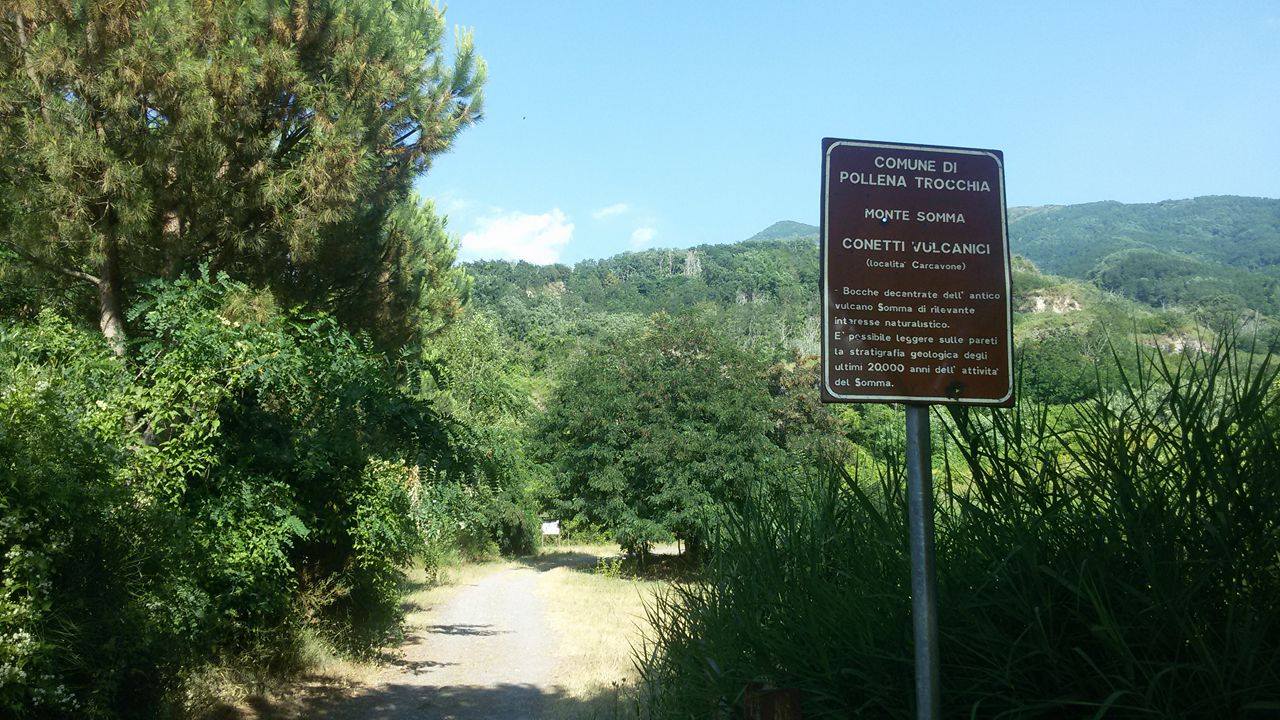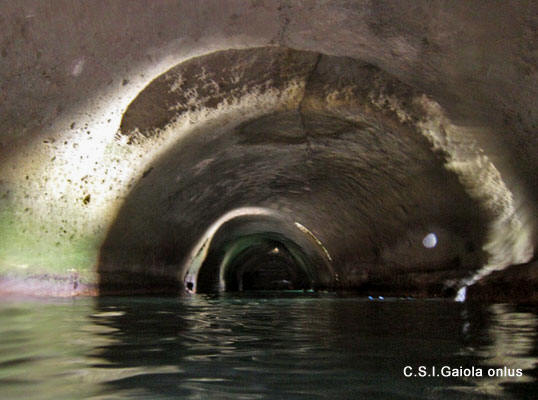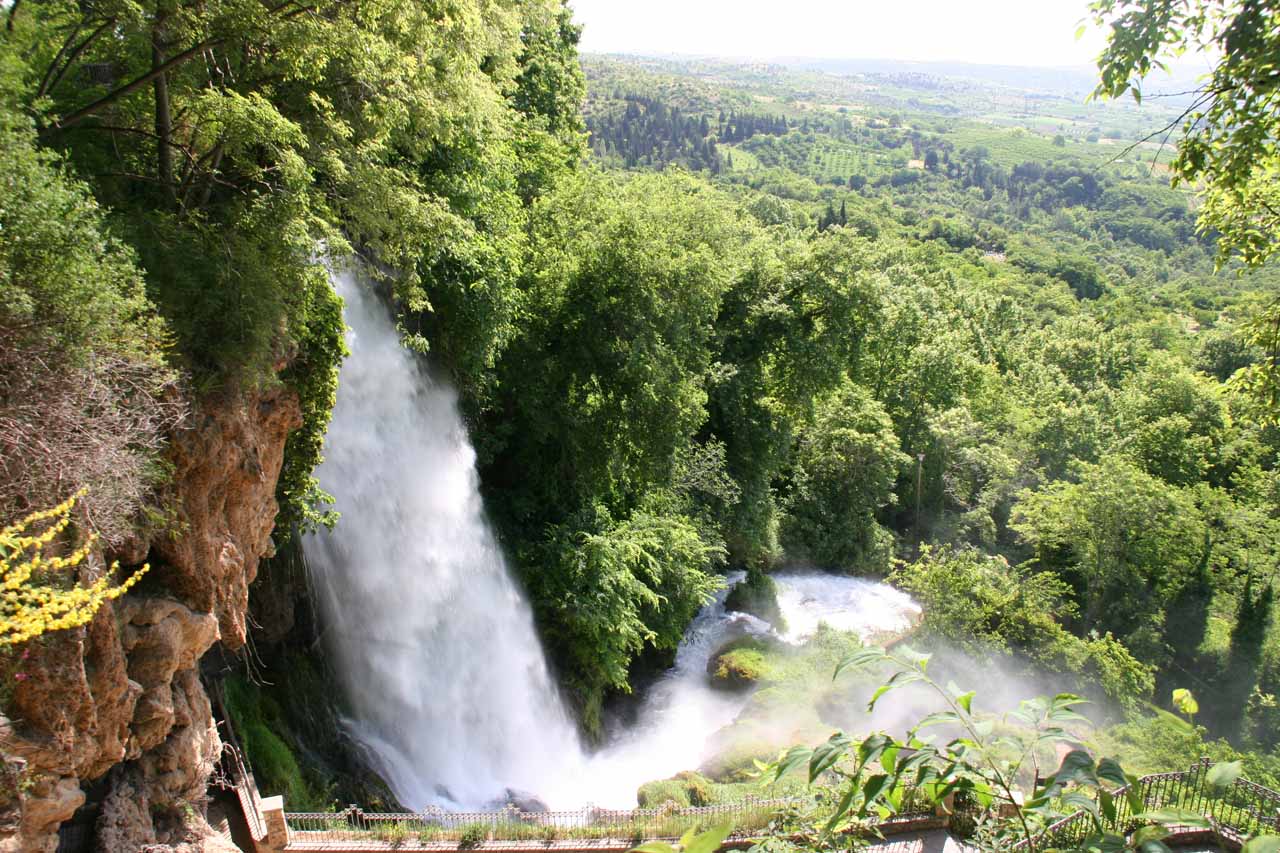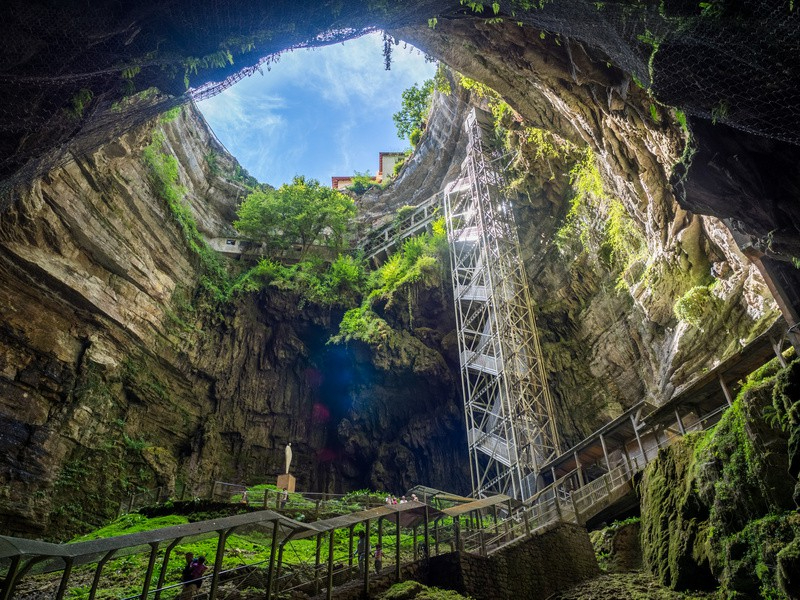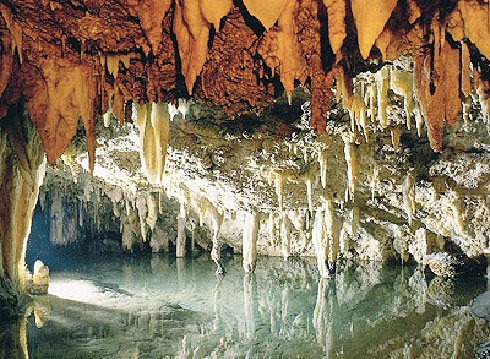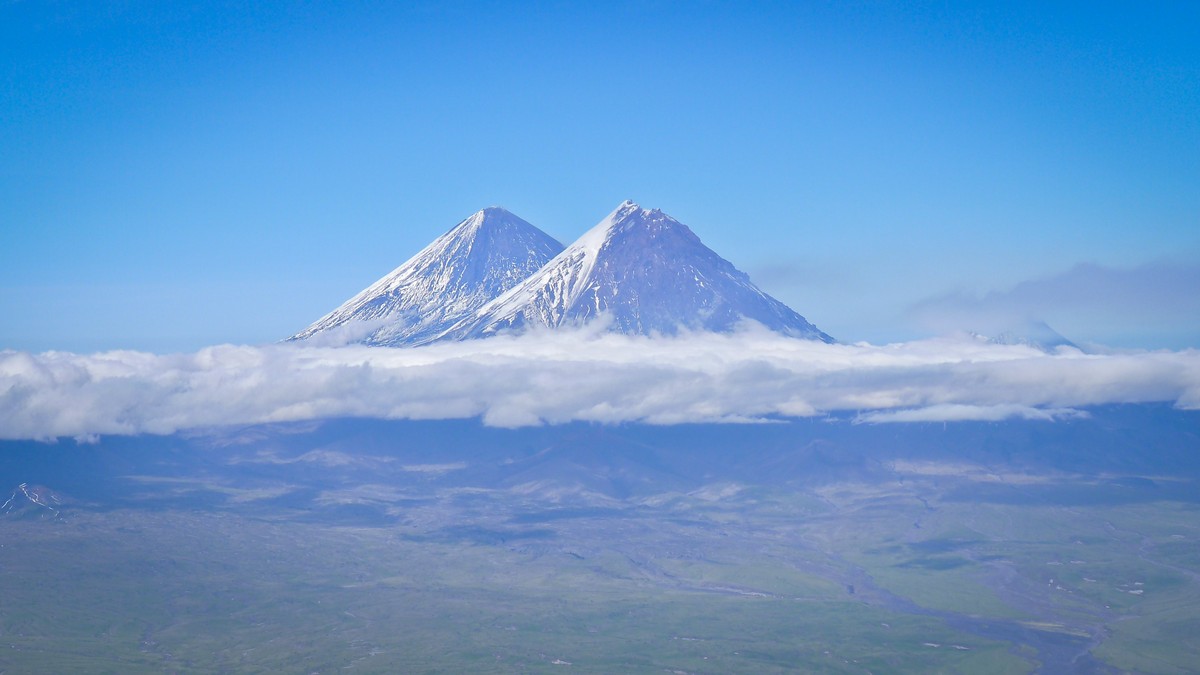At Pollena Trocchia in the ancient Somma Volcano, in the magnificent natural scenery of the Vesuvius National Park, we take the "Apolline Path" and the famous "Conetti del Carcavone", volcanic mouths located on the northern side of Mount Somma, about 300 meters above sea level and about 2 km from the town of Pollena Trocchia.
Similar to small craters, they are three volcanic buildings of conical shape, emerged from the light after the activity of a quarry, abandoned at the end of the nineties. The walls of the Conetti, "cut in section" by the works of the quarry, have a complex stratigraphy with reddish volcanic slag, yellow tuff deposits and grey lava banks.
The layers overlap and sometimes intersect, due to the alternation of effusive and explosive eruptions of the Somma Volcano.
Let’s imagine an imposing volcano that exceeds 2,000 meters in height, with a single peak, formed between 40,000 and 25,000 years ago by the overlapping of lava flows and slag banks. From 25,000 years ago to 472 AD, seven explosive eruptions destroyed the summit of the volcano and gave life to a caldera (a funnel-shaped basin), inside which, with a return of effusive activity, the Great Cone of Vesuvius, today "just" 1281 metres high, was formed in over 700 years.
The Conetti date back to the ancient construction phase of the Somma Volcano and are configured as side vents, due to the excessive hydrostatic pressure of its very high magmatic column.
In the surrounding area, moreover, it is possible to read the signs of the Plinian eruption of 472 A.D., known as the "Eruzione di Pollena", which poured avalanches of material from a kilometric eruptive column, an explosion so powerful that it threw debris into the area of Avellino.
